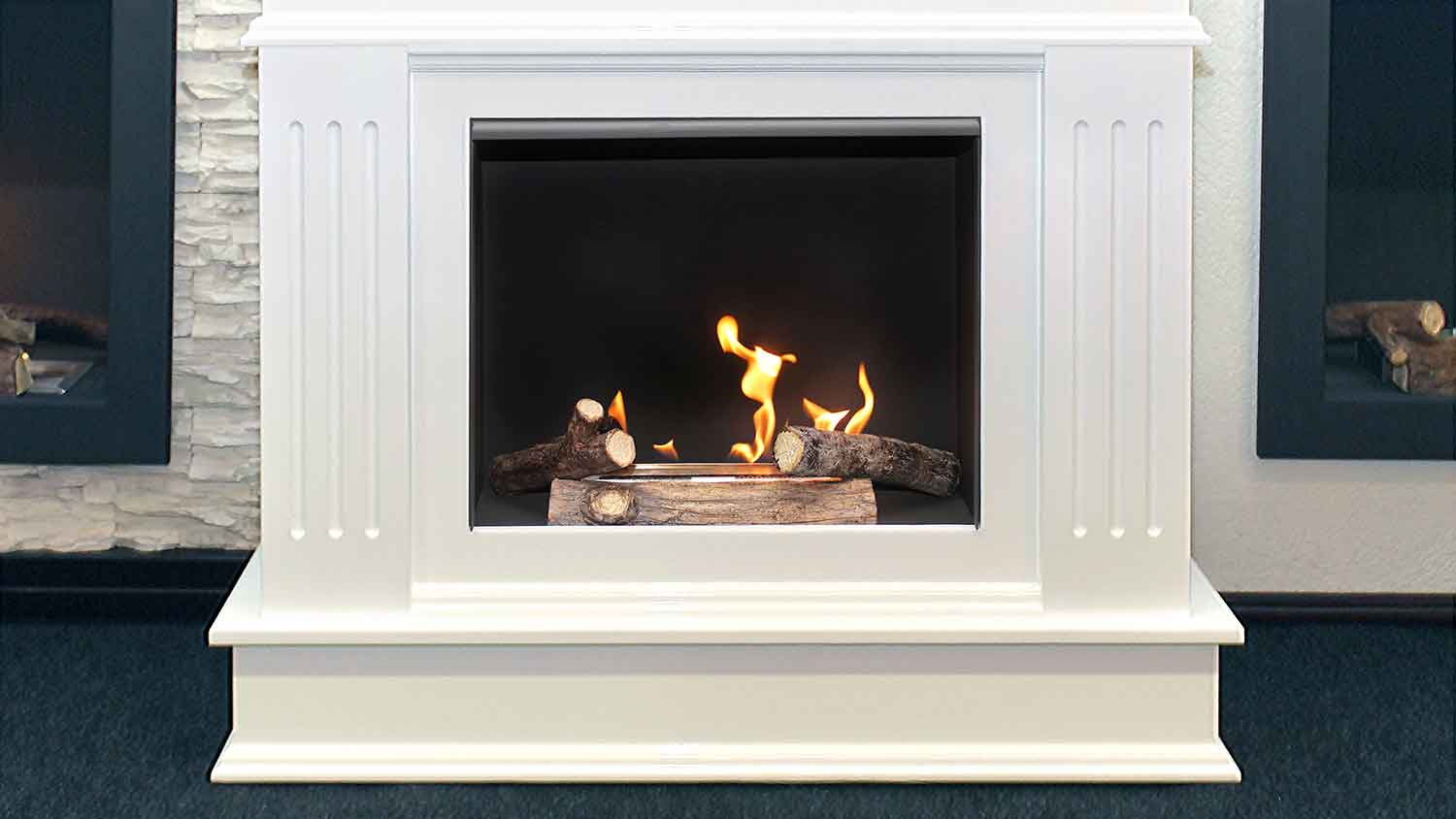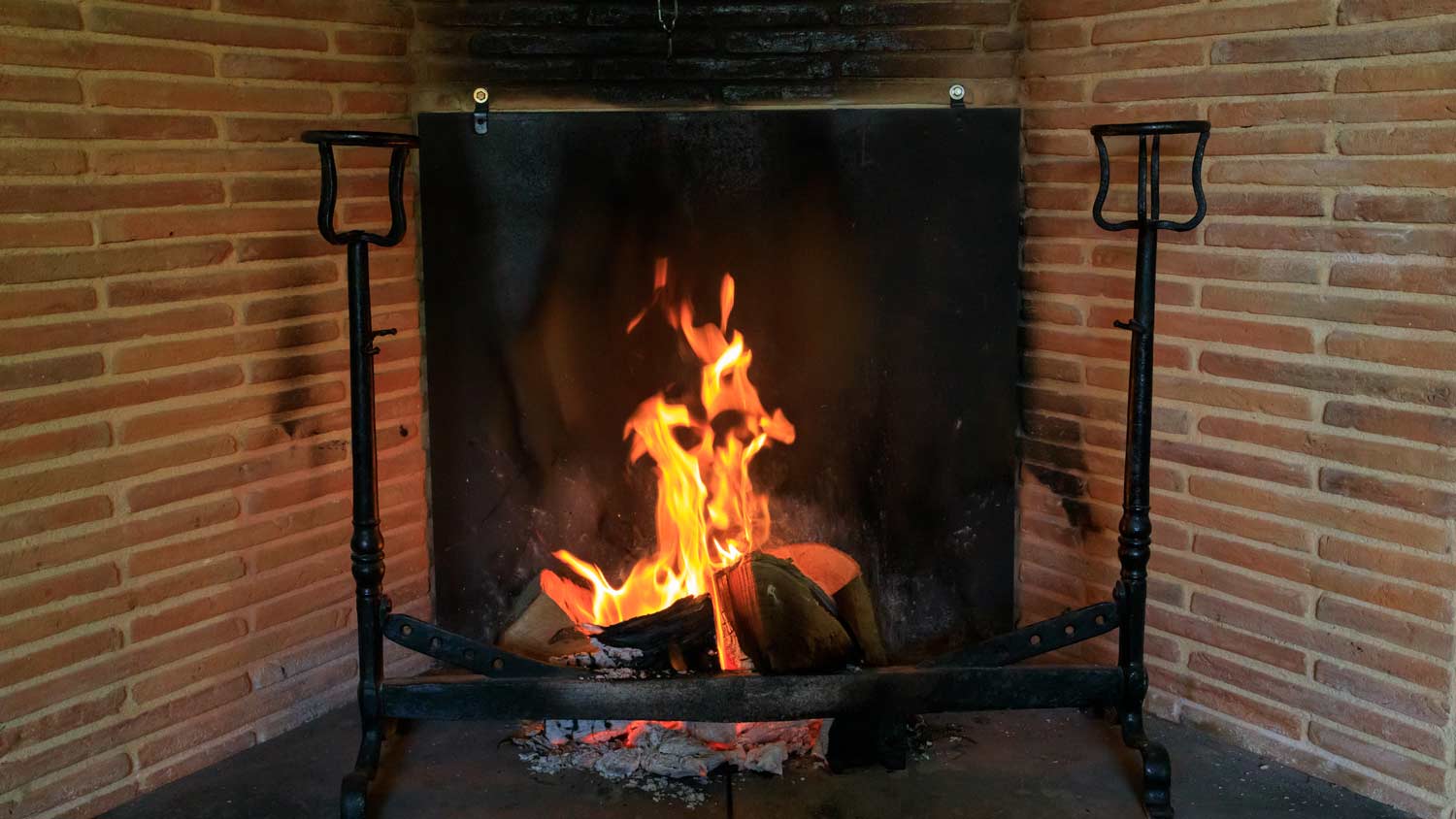
Want a safer, cleaner alternative to your traditional fireplace? Use this guide to determine the cost to convert a fireplace to gas in your home.
Charlotte-area business says homeowners should consider the look, heat, efficiency in deciding to convert to gas logs.


For homeowners who love the look of a flame but not the mess of ashes, gas logs may be the right choice in an existing fireplace.
Donna Spurr of highly rated Hearth & Patio in Charlotte has helped many customers make the right choices as they seek a different kind of warmth or look in their fireplaces.
She offers some step-by-step advice for folks considering converting their fireplace from wood to gas:
If you choose vented gas logs, you’ll need to know that the chimney is safe to use.
If you have a gas line and meter already, you’re in good shape. A licensed plumber or HVAC professional can take an existing line to your fireplace. Hearth & Patio offers that service. If you don’t have access to a natural gas line, contact Piedmont Natural Gas about serving your home. If natural gas isn’t available in your area, you may consider liquid propane, which would be in a tank on your property.
You can compare the pros and cons of each in more detail, but the basic differences are in the look of the fire and the amount of heat it produces. Vented gas logs look more like a real fire, but do not produce as much heat, as much of the gas and heat goes out the chimney. Unvented logs keep more heat inside and use less gas, but the fire doesn't look as much like a natural flame. Spurr says she sees a nearly even divide between unvented and vented logs over the course of the year. In the fall, though, more people come in wanting heat, so they often choose an unvented option.
The costs of logs vary anywhere from about $300 to $1,000, but are not dramatically different for comparable vented or unvented styles.
Installation takes about two days, she says, after a homeowner decides what type of logs to use, including time for a county inspection.
"It can be a good alternative for people who don't want all the work of wood," she says.
From average costs to expert advice, get all the answers you need to get your job done.

Want a safer, cleaner alternative to your traditional fireplace? Use this guide to determine the cost to convert a fireplace to gas in your home.

A fireplace remodel cost depends on the extent of the remodel and the materials you choose. Use this guide to calculate your costs and budget accordingly.

If you’re thinking about installing a new fireplace, you might wonder: How much does it cost to run a gas fireplace? Let’s review the numbers.

So your fireplace stinks—what’s the deal? Find out the six potential reasons why your fireplace smells and how to fix them.

If you’re preparing to install a prefabricated unit, here are the gas fireplace questions you should discuss with your contractor.

Why is your fireplace smoking? It could signal a bigger issue. This guide will tell you some common causes and how you can fix them.